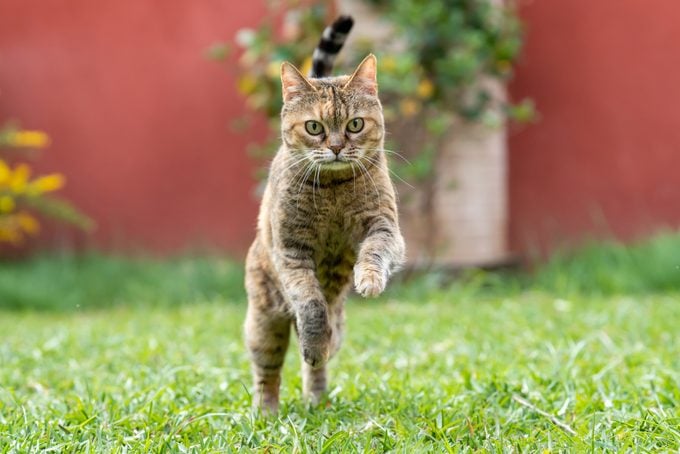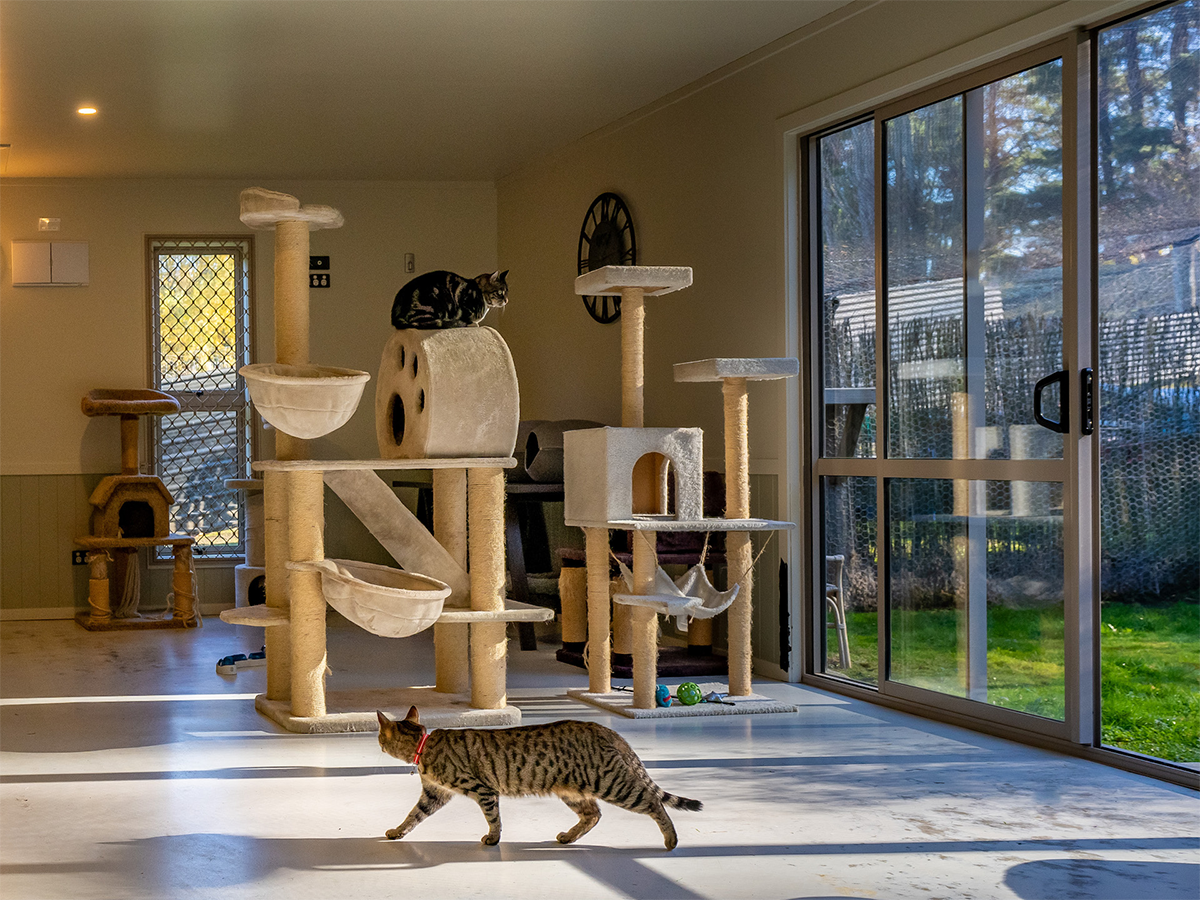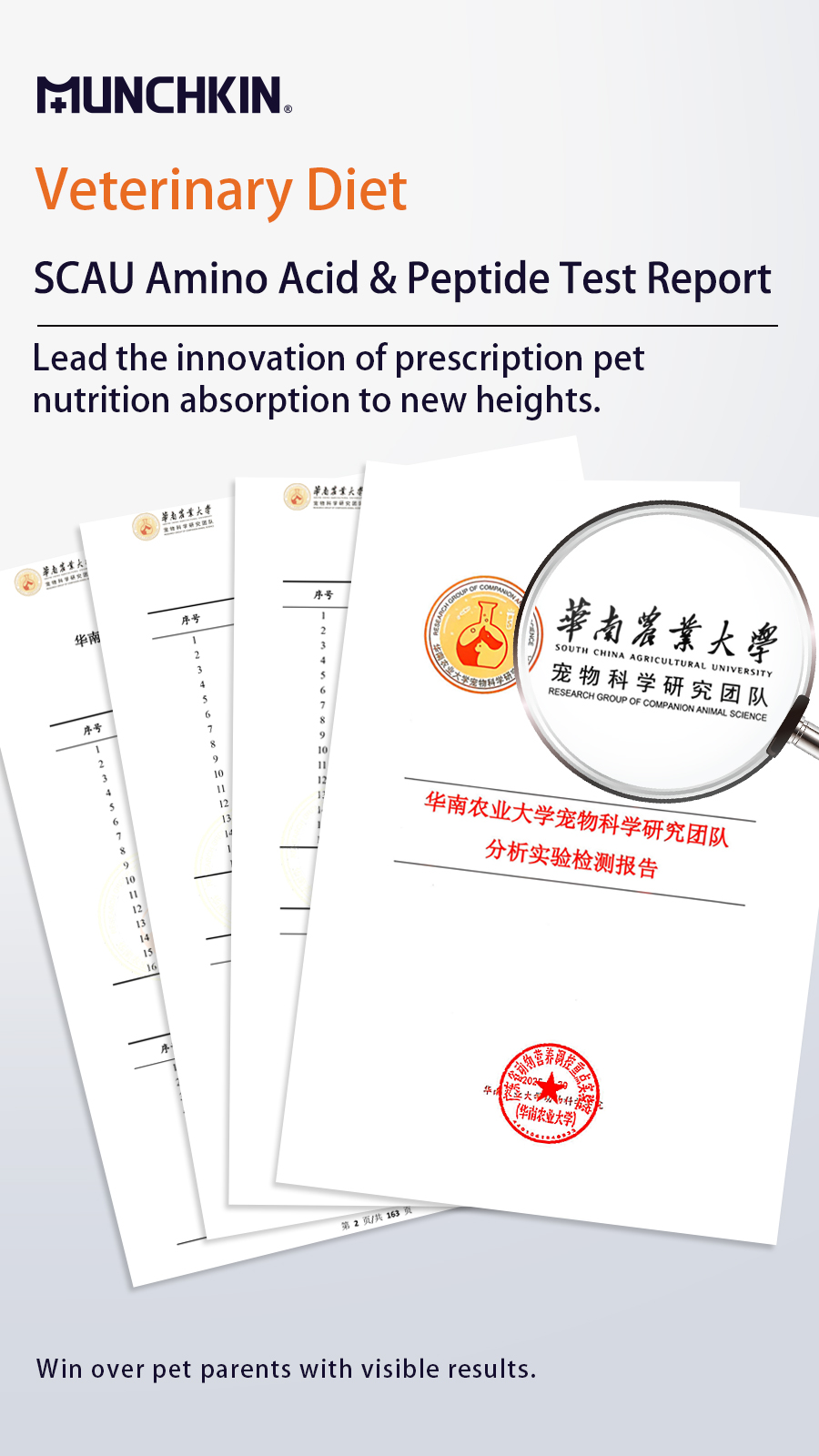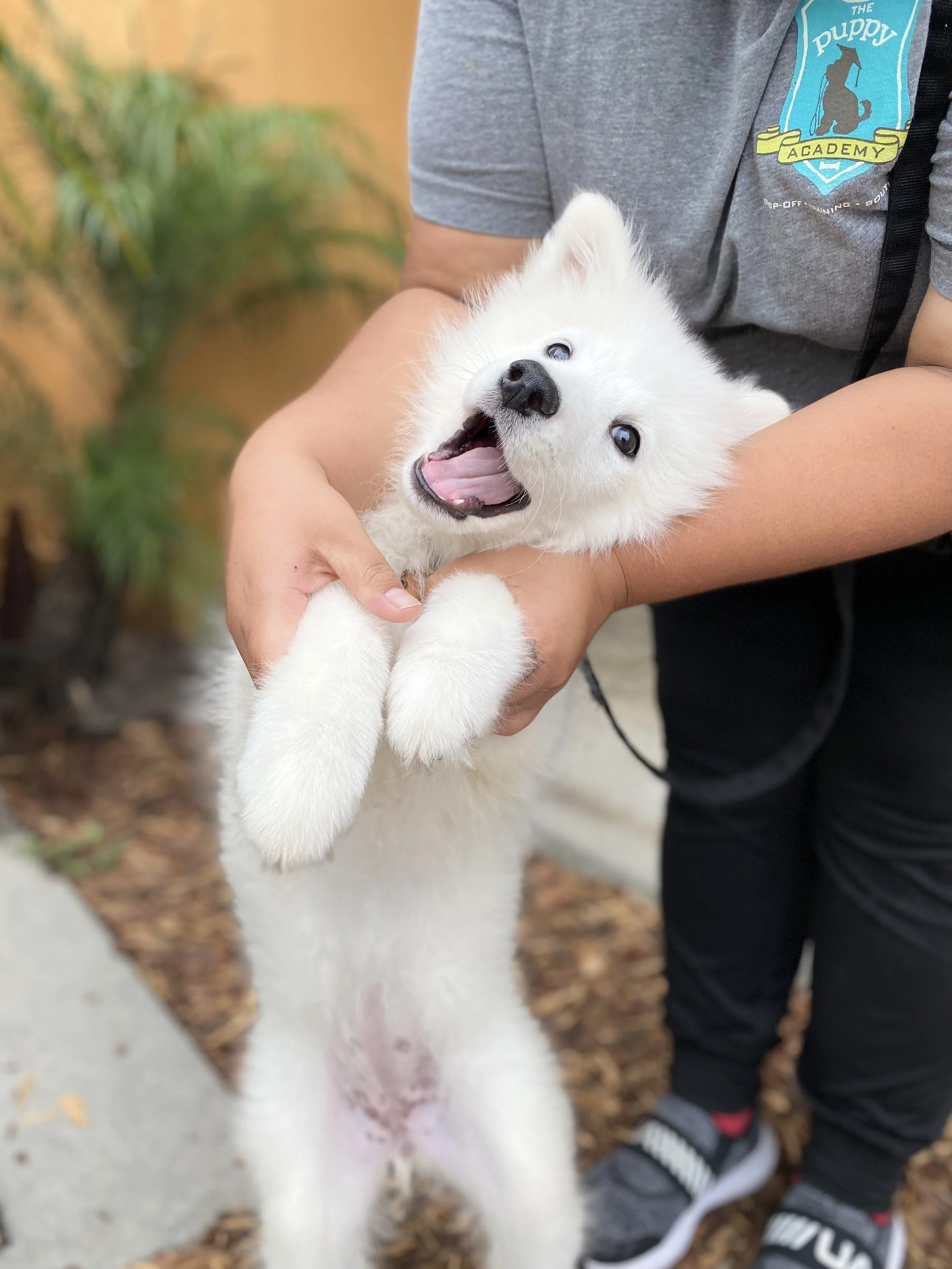
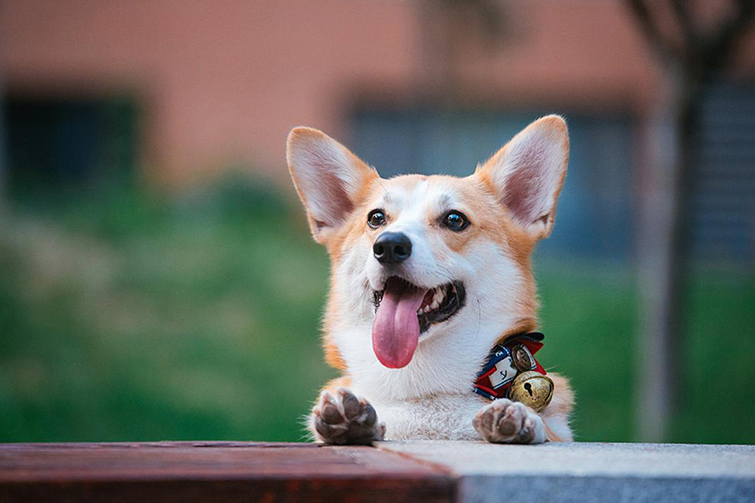
How to Store Opened Canned Pet Food
Canned pet food is a convenient and nutritious choice for pets, offering high moisture content and rich flavors. However, proper storage after opening is essential to maintain its quality and ensure your pet’s safety. This guide provides tips on how to store opened canned pet food to keep it fresh and safe for your furry friend.
Dr. Elsey's Cat Litter - Premium Unscented Cat Litter w/ Natural Ingredients - Low Dust Superior Odor Control Cat Litter - Hard Clumping Moisture Absorbing Clay Multi Cat Litter
1. Transfer the Food to a Clean Container
Although it’s possible to store the food in its original can, transferring it to an airtight container is recommended for optimal freshness.
- Why?
The lining of the can may interact with the air, affecting the taste and quality of the food. - How?
Use a food-grade, BPA-free container with a tight-fitting lid.
2. Use a Can Cover
If you prefer to store the food in its original can, use a can cover designed for pet food.
- These silicone or plastic lids create a seal to prevent exposure to air and odors.
- Ensure the lid fits snugly to keep the food fresh.
3. Store in the Refrigerator
Refrigeration slows down bacterial growth and keeps the food fresh longer.
- Temperature: Store the food at 40°F (4°C) or below.
- Location: Place the container in the main compartment, away from the fridge door to avoid temperature fluctuations.
4. Use Within 3-5 Days
Opened canned pet food should be used within 3 to 5 days to maintain its nutritional value and safety.
- Label the container with the date it was opened to keep track of freshness.
- Discard any leftovers after this period to avoid the risk of spoilage.
5. Stir Before Serving
After refrigeration, the food’s texture may change, and some fat may solidify. Stir the food thoroughly before serving to restore its consistency.
6. Avoid Freezing
While freezing canned pet food is possible, it’s generally not recommended:
- Texture Changes: Freezing may alter the texture, making it less palatable for pets.
- Nutrient Loss: Some nutrients may degrade during freezing and thawing.
- If you must freeze, portion the food into small servings in freezer-safe containers and thaw in the refrigerator when needed.
7. Discard Uneaten Portions
If your pet does not finish their meal, discard any uneaten portions left out for more than 2 hours (or 1 hour in warm temperatures). Bacteria can grow rapidly at room temperature, posing a risk to your pet’s health.
8. Watch for Signs of Spoilage
Before serving stored canned food, check for spoilage:
- Odor: A sour or rancid smell indicates the food is spoiled.
- Appearance: Mold, discoloration, or unusual texture are signs of spoilage.
- Pet’s Reaction: If your pet refuses to eat, it might be because the food has gone bad.
Conclusion
Proper storage of opened canned pet food helps preserve its quality and ensures your pet’s safety. By transferring it to an airtight container, refrigerating promptly, and using it within a few days, you can provide your pet with fresh, nutritious meals while avoiding waste. Always monitor for signs of spoilage and prioritize your pet’s health when in doubt.


